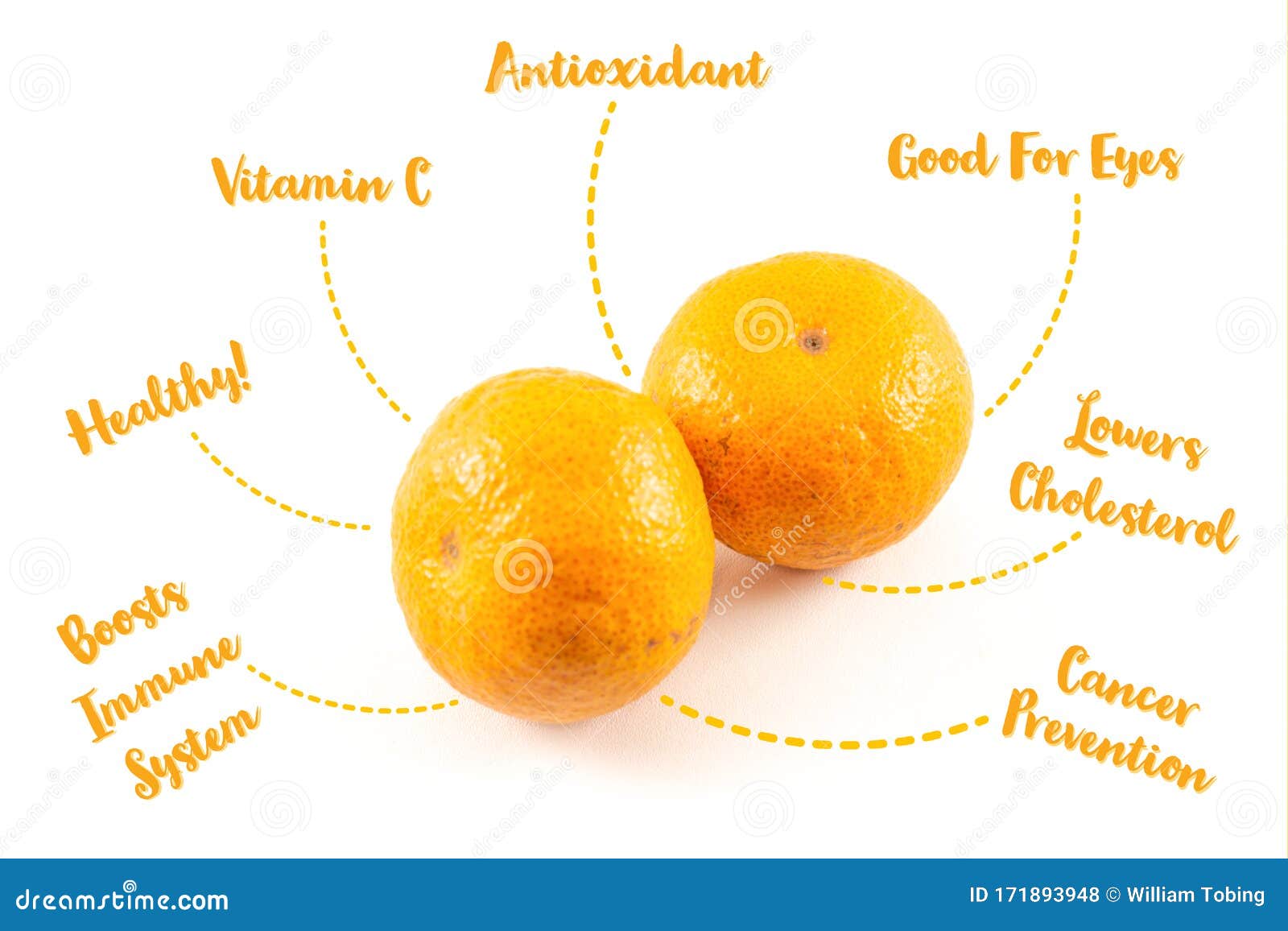Discovering the Nutritional Powerhouse: Orange Fruit Health Benefits
Oranges, often regarded as nature’s sweet and tangy candy, are a popular citrus fruit enjoyed worldwide. These delectable treats are not only delicious but also pack a powerful nutritional punch. Oranges are rich in vitamin C, fiber, and antioxidants, making them a valuable addition to any balanced diet. In this section, we will delve into the nutritional profile of oranges and discuss their potential contributions to overall immune system health, heart health, and digestive well-being.
Vitamin C is an essential nutrient that plays a crucial role in supporting the immune system. Oranges are an excellent source of this vital vitamin, with a single medium-sized fruit providing approximately 70 milligrams, or nearly 100% of the daily recommended intake. Consuming adequate amounts of vitamin C can help protect the body from harmful pathogens, reduce inflammation, and promote wound healing.
Oranges are also a good source of dietary fiber, which is essential for maintaining a healthy digestive system. The fiber content in oranges can help regulate bowel movements, prevent constipation, and promote the growth of beneficial gut bacteria. Moreover, the soluble fiber in oranges, known as pectin, has been shown to help lower cholesterol levels, thereby reducing the risk of heart disease.
Antioxidants, such as flavonoids and carotenoids, are abundant in oranges. These compounds help protect the body from oxidative stress, which can contribute to chronic diseases such as cancer, diabetes, and cardiovascular disease. The antioxidant properties of oranges have also been linked to improved skin health, reduced inflammation, and enhanced brain function.
Incorporating oranges into a balanced diet can provide numerous health benefits. The versatile nature of this fruit allows for creative and delicious consumption methods, such as incorporating them into salads, smoothies, or desserts. By making oranges a regular part of your daily routine, you can enjoy their delightful taste while reaping their many nutritional rewards.
Selecting and Storing Oranges: Tips for Freshness and Flavor
Oranges are a popular fruit, enjoyed for their sweet and tangy taste as well as their numerous health benefits. To ensure you bring home the freshest and most flavorful oranges, consider the following tips when shopping at your local grocery store or farmers market.
Color: While it may be tempting to choose the brightest orange fruits, color is not always the best indicator of ripeness or flavor. Instead, look for oranges with a consistent color, whether they are green, orange, or even slightly tinged with red. This consistency often signals even maturity and a more uniform flavor profile.
Weight: A ripe orange should feel heavy for its size, as this indicates a higher juice content. Gently squeeze the fruit to assess its weight, avoiding those that feel spongy or overly soft, as they may be past their prime.
Texture: The skin of a ripe orange should be smooth, with no visible wrinkles or blemishes. A small amount of surface scarring is normal and does not affect the fruit’s quality. However, avoid oranges with noticeable bruises or discoloration, as these may indicate internal damage.
Proper storage is crucial for maintaining the freshness and flavor of your oranges. If you plan to consume them within a few days, store them at room temperature, away from direct sunlight. This will help preserve their natural oils and juiciness. For longer storage, keep oranges in the crisper drawer of your refrigerator, where they can stay fresh for up to two weeks.
By following these simple guidelines, you can enjoy the delicious taste and health benefits of oranges at their peak of freshness. Selecting and storing oranges with care not only ensures optimal flavor but also reduces food waste, allowing you to make the most of this nutritious and versatile fruit.
How to Incorporate Oranges into a Balanced Diet
Oranges are a delightful and nutritious fruit that can be easily incorporated into a balanced diet. Their natural sweetness and versatility make them a perfect addition to various dishes and cuisines. Here are some creative and delicious ways to enjoy oranges daily:
Salads:
Adding orange segments to salads not only provides a burst of flavor but also contributes to an appealing presentation. Pair oranges with bitter greens, such as arugula or radicchio, to create a delightful contrast in taste and texture. Complement the salad with a simple vinaigrette, and consider adding toasted almonds or walnuts for an extra crunch.
Smoothies:
Oranges can be an excellent base for smoothies, providing natural sweetness and a creamy texture. Combine orange segments with frozen bananas, spinach, and a scoop of protein powder for a nutrient-packed breakfast or snack. Alternatively, blend oranges with yogurt, honey, and ice for a refreshing and rejuvenating beverage.
Desserts:
Oranges can be used in various dessert recipes, from cakes and tarts to mousses and sorbets. Consider incorporating orange zest into cake batters or cookie dough for an added burst of citrus flavor. For a lighter option, create an orange sorbet by blending and freezing orange juice, sugar, and water. Serve as a palate cleanser or a refreshing treat after meals.
Marinades and Sauces:
Orange juice and zest can be used to create flavorful marinades for meats, such as chicken or pork. Combine orange juice, soy sauce, garlic, and ginger for an Asian-inspired marinade, or mix orange juice, olive oil, and herbs for a Mediterranean-style sauce. The natural acidity of oranges helps tenderize meats, while the citrusy flavor complements various seasonings and spices.
By incorporating oranges into a balanced diet, you can enjoy their numerous health benefits while adding variety and excitement to your meals. The versatile nature of this fruit allows for endless culinary possibilities, making it an essential component of any well-rounded diet.
Orange Varieties: From Navel to Blood Oranges
Orange fruit offers a diverse range of varieties, each with its unique flavors, textures, and appearances. By exploring these different types, you can enhance your culinary experiences and discover new favorites. Here are some popular orange varieties and their recommended uses:
Navel Oranges:
Navel oranges are characterized by their distinctive “navel” shape at the fruit’s end. They are seedless, easy to peel, and have a sweet, juicy flesh. Navel oranges are an excellent choice for eating fresh, adding to salads, or using in marmalades and preserves.
Valencia Oranges:
Valencia oranges are known for their exceptional juiciness and thin, smooth skin. They are a popular choice for juice production and are also delicious when consumed fresh. Valencia oranges have a balanced sweet-tart flavor, making them suitable for various culinary applications.
Blood Oranges:
Blood oranges are prized for their deep red flesh, which results from the presence of anthocyanins, a type of antioxidant. They have a unique, slightly tart flavor with raspberry undertones. Blood oranges are excellent for eating fresh, adding to salads, or using in desserts and beverages for a burst of color and flavor.
Cara Cara Oranges:
Cara Cara oranges are a type of Navel orange with a pinkish-red flesh. They have a sweet, tangy flavor and are rich in vitamin C, fiber, and antioxidants. Cara Cara oranges are an excellent choice for eating fresh, adding to smoothies, or using in fruit salads and salsas.
Tangerines and Clementines:
Tangerines and clementines are smaller, easy-to-peel orange varieties with a sweet, tangy flavor. They are perfect for snacking, adding to salads, or using in baked goods and desserts. Tangerines and clementines are also a popular choice for holiday fruit baskets and gift-giving.
By exploring the diverse world of orange varieties, you can expand your culinary horizons and enjoy the unique flavors and textures each type has to offer. Experiment with different varieties in your recipes and discover new favorites that can contribute to a balanced and nutritious diet.
Orange Juice: Freshly Squeezed or Store-Bought?
Orange juice is a popular breakfast beverage and a convenient way to consume the nutritional benefits of orange fruit. However, there are significant differences between freshly squeezed orange juice and store-bought versions. Understanding these distinctions can help you make informed decisions about which option best suits your needs and preferences.
Freshly Squeezed Orange Juice:
Freshly squeezed orange juice is made by manually or mechanically extracting the juice from fresh oranges. This method preserves the natural flavors, aromas, and nutrients of the fruit. Freshly squeezed orange juice is typically higher in vitamin C, antioxidants, and other beneficial compounds compared to store-bought versions. However, it may have a shorter shelf life and require more time and effort to prepare.
Store-Bought Orange Juice:
Store-bought orange juice can be found in various forms, including refrigerated, shelf-stable, and frozen concentrates. These products often undergo pasteurization to ensure safety and extend shelf life. While some store-bought orange juices are made from 100% fruit juice, others may contain added sugars, preservatives, or artificial flavors. As a result, they may have a less vibrant taste and fewer nutritional benefits than freshly squeezed orange juice.
Tips for Making Homemade Orange Juice:
To make the most of your fresh oranges, follow these tips for creating delicious and nutritious homemade orange juice:
- Select high-quality oranges: Choose fresh, ripe oranges with a smooth skin and heavy weight for their size.
- Use a juicer: Manual citrus juicers or electric juicers can help extract the maximum amount of juice from your oranges.
- Serve immediately: Freshly squeezed orange juice is best consumed immediately to preserve its flavor and nutritional content.
- Add ice: If desired, serve your homemade orange juice over ice to chill it and enhance its refreshing qualities.
By understanding the differences between freshly squeezed and store-bought orange juice, you can make informed choices about which option aligns with your health goals and taste preferences. Incorporating fresh orange juice into your diet can provide numerous nutritional benefits and contribute to a balanced, wholesome lifestyle.
Orange Peel: Waste Not, Want Not
Orange fruit peels are often overlooked as a valuable resource, with many people discarding them as waste. However, orange peels offer a wealth of potential uses, from culinary applications to natural cleaning products. By exploring the various ways to repurpose orange peels, you can reduce food waste, save money, and enjoy the numerous benefits of this versatile citrus byproduct.
Culinary Uses:
Orange peels can be used in various culinary applications, adding depth and complexity to your dishes. Here are some ideas:
- Zest: Grate the outer layer of the orange peel to obtain zest, which can be used to flavor baked goods, marinades, and beverages.
- Candied peel: Simmer orange peels in sugar syrup, then roll them in sugar for a sweet treat that can be added to cakes, cookies, or eaten on its own.
- Orange peel tea: Dry orange peels and steep them in hot water for a soothing, aromatic beverage.
Cleaning Products:
Orange peels can be used to create natural cleaning products that are non-toxic and environmentally friendly. Here are some options:
- All-purpose cleaner: Infuse white vinegar with orange peels for a few weeks, then strain and dilute with water for a versatile cleaning solution.
- Air freshener: Place orange peels in a pot of simmering water to release their refreshing scent and eliminate odors.
- Natural pesticide: Dry orange peels and grind them into a powder, which can be used to deter pests such as ants and spiders.
Additional Uses:
Beyond culinary and cleaning applications, orange peels have various other uses. Here are a few examples:
- Natural dye: Simmer orange peels in water to create a natural dye for fabrics or paper.
- Fire starter: Dry orange peels and use them as kindling to start a fire.
- Plant fertilizer: Compost orange peels to enrich the soil and provide nutrients for your plants.
By incorporating orange peels into your daily life, you can reduce waste, save resources, and enjoy the numerous benefits of this versatile fruit. Experiment with different uses and discover new ways to make the most of your orange fruit peels.
Orange Festivals and Cultivation Around the World
Orange fruit is celebrated and cultivated in various countries, with unique traditions and practices that highlight its cultural significance. By exploring these festivals and cultivation methods, you can gain a deeper appreciation for the orange fruit and its global impact.
Orange Festivals:
Orange festivals showcase the beauty and versatility of this fruit, often featuring parades, competitions, and tastings. Some notable orange festivals include:
- Citrus Festival in Menton, France: This annual event features over 145 tons of oranges and tangerines, which are used to create elaborate sculptures and floats.
- Ivrea Orange Festival in Italy: During this historic celebration, participants throw oranges at each other in a symbolic battle, accompanied by parades and music.
- Hood River County Fruit Loop in Oregon, USA: This self-guided tour takes visitors through orchards, farms, and wineries, allowing them to taste fresh produce, including a variety of oranges.
Cultivation Practices:
Orange cultivation varies depending on the region and climate. Some notable cultivation practices include:
- Citrus mazes: In some countries, orange trees are pruned and trained to create maze-like structures, offering visitors a unique and immersive experience.
- Terraced farming: In mountainous regions, orange groves are often planted on terraces to maximize space and prevent soil erosion.
- Integrated pest management: Many orange growers employ sustainable farming practices, such as using natural predators to control pests and minimizing the use of chemical pesticides.
Orange Blossom Honey Production:
Orange blossom honey is a delicacy produced by bees that collect nectar from orange tree flowers. This light, fragrant honey has a distinct citrus flavor and is used in various culinary applications. In some regions, orange blossom honey production is a significant contributor to the local economy and culture.
By learning about orange festivals and cultivation practices around the world, you can deepen your understanding and appreciation of this versatile and nutritious fruit. Consider visiting an orange festival, exploring local orange groves, or incorporating orange blossom honey into your recipes to experience the magic of the orange fruit firsthand.
Orange-Derived Products: From Skincare to Candles
Beyond their nutritional benefits, orange fruit offers a variety of products that can enhance daily life. From skincare to home fragrances, orange-derived products provide numerous benefits and applications.
Orange Essential Oil:
Orange essential oil is extracted from the rind of the fruit through a cold-pressing process. This oil has a refreshing, citrusy aroma and is used in various applications, such as aromatherapy, skincare, and household cleaning. Some benefits of orange essential oil include:
- Stress relief: Inhaling orange essential oil can help reduce anxiety and promote relaxation.
- Improved mood: The uplifting scent of orange oil can boost your mood and increase feelings of happiness.
- Antibacterial properties: Orange essential oil has natural antibacterial and antifungal properties, making it an effective cleaning agent.
Orange-Derived Skincare Products:
Orange fruit extract and orange essential oil are often used in skincare products due to their antioxidant and anti-inflammatory properties. These ingredients can help protect the skin from damage, reduce redness, and promote a healthy, radiant complexion. Some orange-derived skincare products include:
- Face creams and serums: These products often contain orange extract or essential oil, which can help brighten the skin and reduce the appearance of fine lines and wrinkles.
- Body lotions and oils: Orange-infused body care products can help soothe and moisturize the skin, leaving it soft and supple.
- Sun protection: Some sunscreens and after-sun products contain orange extract, which can help protect the skin from damage caused by UV rays.
Orange-Scented Candles and Home Fragrances:
Orange-scented candles and home fragrances can create a warm, inviting atmosphere in any space. The refreshing aroma of orange can help eliminate odors, reduce stress, and promote a sense of calm. Look for candles made with natural waxes, such as soy or beeswax, and essential oils for the best results.
By incorporating orange-derived products into your daily life, you can enjoy numerous benefits and applications. From skincare to home fragrances, orange fruit offers a wealth of potential uses that can enhance your well-being and daily experiences.









